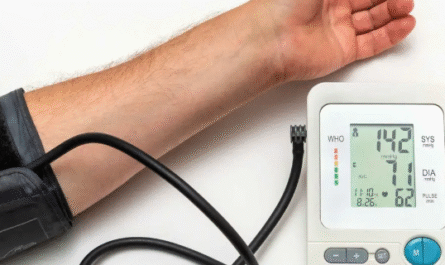I’m a Personal Trainer, and These Are the Four Exercises Everyone Should Be Able to Do
As a personal trainer, I’ve worked with people of all fitness levels—from complete beginners to seasoned athletes. One thing I’ve learned? There are a few foundational exercises that everyone, regardless of age or fitness goals, should be able to perform. These movements aren’t just about building muscle—they support everyday function, prevent injury, and improve overall quality of life.
Whether you’re just starting out or looking to fine-tune your routine, here are the four exercises I believe everyone should master.
1. Squat: The King of Functional Movement
Why it matters:
The squat mimics movements we do every day—sitting, standing, picking things up. It targets your glutes, quads, hamstrings, and core while improving mobility and balance. A strong, well-executed squat is crucial for both athletic performance and daily activities.
How to do it right:
- Stand with feet shoulder-width apart
- Keep your chest up and core engaged
- Lower your hips back and down as if sitting in a chair
- Keep your knees tracking over your toes
- Go as low as your mobility allows while maintaining good form
Pro tip: Start with bodyweight squats and progress to goblet or barbell squats as you gain strength.
2. Push-Up: Upper Body and Core Strength Combined
Why it matters:
Push-ups build strength in your chest, shoulders, triceps, and core. More importantly, they teach you how to control your body through space, which carries over into many other movements.
How to do it right:
- Place your hands slightly wider than shoulder-width apart
- Keep your body in a straight line from head to heels
- Lower your chest toward the floor with elbows at about a 45-degree angle
- Press back up, keeping your core tight throughout
Pro tip: Modify by doing push-ups on your knees or against a bench if you’re building up to a full version.
3. Hinge (Deadlift): Mastering Hip Power
Why it matters:
The hinge movement, often trained with a deadlift, is essential for protecting your back and strengthening your posterior chain (glutes, hamstrings, lower back). It’s one of the best ways to train safe lifting mechanics and prevent injury.
How to do it right:
- Stand with feet hip-width apart, holding a weight (dumbbell or barbell)
- With a soft bend in your knees, push your hips back while keeping a flat back
- Lower the weight down your legs until you feel a stretch in your hamstrings
- Drive through your heels to return to standing
Pro tip: Keep the weight close to your body and avoid rounding your back.
4. Plank: Core Stability at Its Finest
Why it matters:
Core stability is the foundation of all movement. A strong core improves posture, balance, and reduces the risk of injury—especially in the lower back. The plank is simple but incredibly effective.
How to do it right:
- Place your forearms on the ground, elbows under shoulders
- Extend your legs behind you, feet hip-width apart
- Keep your body in a straight line, core and glutes engaged
- Hold without letting your hips sag or pike
Pro tip: Start with 20–30 seconds and gradually increase the time as your endurance builds.



